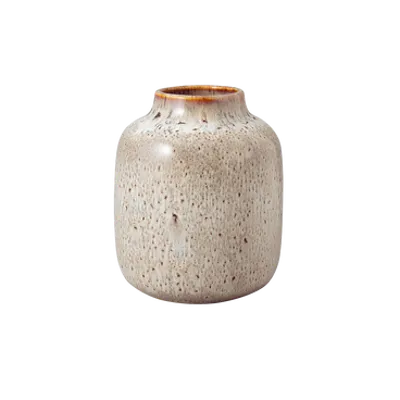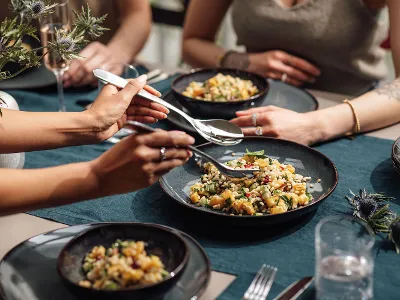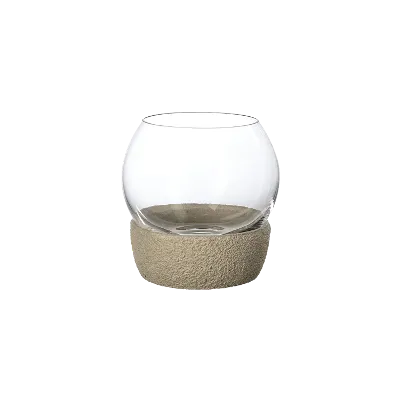Order cut off dates for Christmas Deliveries:
15 Dec for WA, SA & NT | 18 Dec for all other states

Design a grout-free bathroom
Tiles tend to be a standard feature in bathrooms, but they are by no means essential. If you aspire to tile-free walls or flooring in your bathroom, there are plenty of alternatives:
natural materials such as wood and cork, modern wall coverings made from plastic and, of course, plaster. If applied correctly, these will be just as effective in preventing moisture and mould.
Do you want to renovate your bathroom without removing the old tiles or laying new ones? We now provide a selection of materials and techniques for this, along with detailed instructions on how to use them.

What advantages does a grout-free bathroom offer?
There are several good reasons to opt for tile-free bathroom floors and walls.
- No tiles means no grouting to clean regularly to prevent discolouration and mould. You’ll thus save time and money.
- The seamless look of grout-free floors and walls creates a more restful feel. A bathroom without tiles also looks more spacious.
- Alternative materials can be less expensive to buy and fit. This will reduce the overall costs involved in renovating your tile-free bathroom.
What are the alternatives to tiles?
If you are thinking about refurbishing a bathroom or a shower without tiles, there are various alternatives available. For example, you can cover the walls with decorative panels, plaster or even wallpaper.

Plaster in the bathroom
Which types of plaster are most suitable?
Plaster is one of the oldest and most versatile building materials and is also ideal for the bathroom. You can even plaster the wall of the shower cabinet if you want your bathroom to be completely tile-free. The most common types of plaster withstand moisture well: they absorb excess water from the ambient air and later release it, which helps to regulate the bathroom climate and ensure a healthy atmosphere. Plastering leaves a seamless surface, which can be either rough-textured or smooth and can be painted the colour of your choice. However, to gain maximum benefit from plaster’s excellent properties, it is important that its pores or capillaries remain as unobstructed as possible. This means that when mixing plaster with paint or when painting over it, you must make sure you use “breathable”, diffusion-open plaster and diffusion-open paints or suitable pigments.

Mineral plasters and clay plaster for the bathroom
Under normal conditions of use, according to DIN V 18550 (Plastering/Rendering and Plastering/Rendering Systems - Application), bathrooms are not classed as wet or damp rooms. As moisture levels are only raised temporarily in home bathrooms, they are classified as “rooms with usual humidity levels”. Mineral plasters based on lime, cement or gypsum are highly suitable for such rooms. You can even use clay plaster in the bathroom: although this material is not naturally very moisture-resistant, there are now special dry clay render mixes for bathrooms.
If an additional surface treatment is carefully applied, for example wax or a waterproof coating, you can significantly improve the moisture-proofing and stability of the plaster layer.
Gypsum plasters
Do not let gypsum plaster become soaked or remain constantly damp, as the gypsum will become unstable and brittle. However, if it is only occasionally damp and always has time to dry thoroughly, water won’t harm it. Due to its composition, it absorbs steam and moisture very effectively and later releases it into the ambient air.
Lime plasters
Lime plaster ensures excellent protection from mould as its alkaline composition means its surface offers no nutritional basis for mould to thrive. However, it is important to keep these surfaces very clean. Deposits of grease, dust or dirt will obstruct the pores. In addition, the mould resistance properties of mineral plaster will be negated if an organic nutrient medium forms on top.
Some plasters are very beautiful but highly demanding, for example Venetian plaster and Tadelakt. These traditional lime plastering techniques are renowned for their water and weather resistance and have also been used in bathrooms and steam rooms for centuries. However, they require very skilled application, so this work should be entrusted to a professional.
Cement plasters
Cement plaster is particularly robust. Many professionals experienced in creating tile-free bathrooms happily use cement plaster on shower walls. If the plaster is perfectly sealed, smoothed flat and/or coated, there is no risk of grazing your skin if it touches a rough spot on the wall while showering.
What plastering work can I do myself?
Basic information about application – for example, how to prepare the surface, whether you need a primer or not, or how long the plaster should be left to dry – can be found in the manufacturer’s instructions on the product packaging. Seek expert advice if you have any questions or concerns to ensure that you don’t end up buying an unsuitable product.
Decorative panels
You can replace a tiled backsplash in the shower or above the bath with large attractive decorative panels made from glass, acrylic or aluminium. If you go for the tile-free option when renovating your bathroom or shower, large natural stone panels are another option.
Granite and marble are particularly popular. If you are planning a tile-free bathroom renovation, you can, of course, cover any other wall in the room with these decorative panels.
The great advantage of a flat wall design is the elimination of any grouting. Installation is easier too. The panels can be fitted to almost any surface, and there is a huge selection of designs. Glass or acrylic decorative panels can be given highly individual effects. For example, how about a photo from your last beach holiday or a picture of a rainforest? Using decorative panels for walls in the bathroom opens up completely new design horizons.



Moisture-proof wallpapers
Wallpapers designed especially for damp rooms are a practical alternative if you are renovating a tile-free bathroom. Wallpaper can create a striking new look and is also relatively inexpensive. Easy cleaning is another key benefit of special damp room wallpapers. You simply wipe them down. No ripples form in damp room wallpapers either, as they are waterproof.
Manufacturers offer countless patterns and décors that you can use to create a distinctive style on your bathroom walls. Spots, stripes, flowers, geometric patterns, a wood or stone look, paisley or lettering – there is a whole world of choice!
What should you do with your old tiles?
Rather than removing the old tiles, you can simply plaster over the top of them. Alternatively, you can call on a professional to plaster over your tiles, as in many cases solvents with special health and safety requirements are used. You will then have a beautiful grout-free wall!
This will, of course, only work if the old tiled backsplash is still intact and stable. Damp or mouldy walls need to be dried out and possibly renovated. In this case, it is better to ask a professional for advice. A professional can assess the surface and make practical recommendations. If you renovate a bathroom without removing the tiles, this will make the room smaller. Although the loss of space is mathematically not that great, you will still notice it – particularly if your bathroom is very small or has an awkward shape. Remember too that when plastering over tiles or laying new tiles on top of old ones, the edges between the tiled and untiled areas of the wall will also need to be bridged.
Other alternatives for a tile-free bathroom
PVC floor
This material is also available in a stone, wood or metal look.
Panels made from special plastic
These are light-fast, waterproof and can be bonded to walls or tiles using silicone. You can also use custom-made panels to cover corners or construct installation systems.
Wood
Wooden floors, panels and the like look beautiful in both modern and more traditional bathrooms. They should be seamless, laid professionally and sealed appropriately.
Cork
This warm, robust material is also available as panels or tiles. When provided with suitable edge protection and sealed properly, cork will look beautiful in your bathroom for many years to come.
Stone flooring
A natural stone floor covering available in different thicknesses and colours that is embedded in epoxy resin or acrylic. The old floor must be primed first.

All about your personal spa bathroom
Discover modern bathroom ideas – including cleaning tips and exclusive benefits delivered straight to your inbox.
As a welcome gift, you will also receive a 10% discount on your first order of Dining & Lifestyle products.[0]












